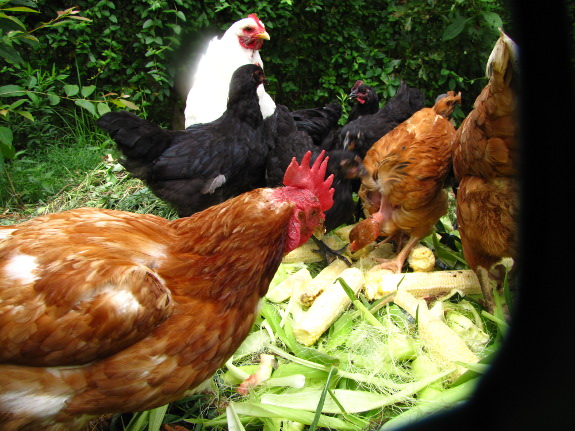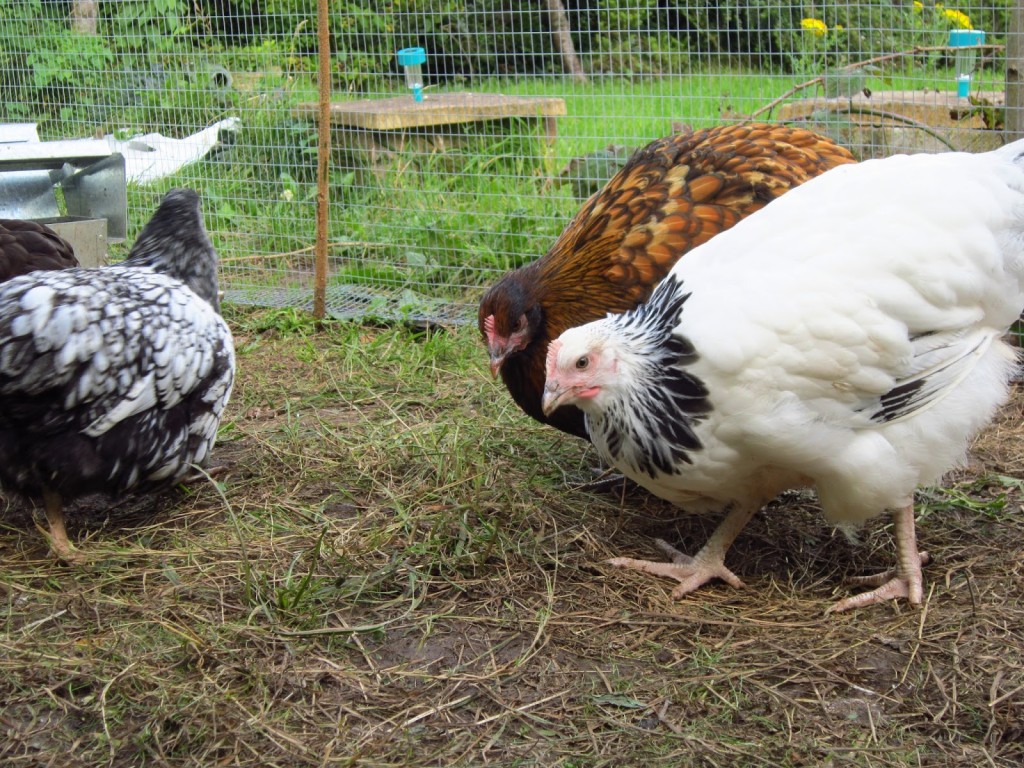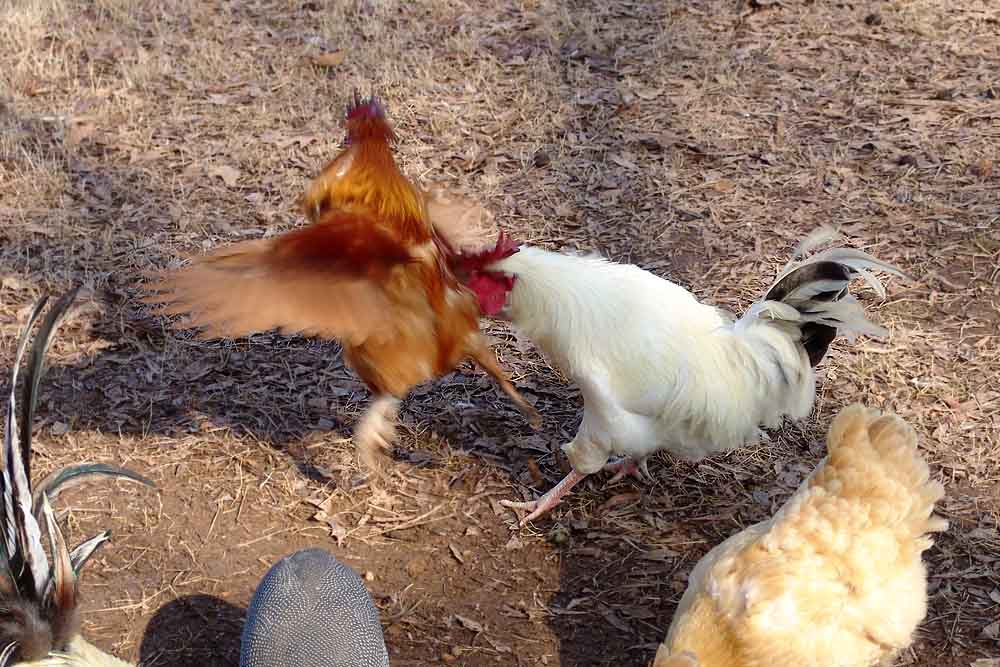Since ages people have been raising various kinds of poultry birds in their backyards. True that, those are attached to this kind of work aim to expand their collections for fun; it’s indeed enslaving hobby. I have seen a live example in my family; my father is fond of keeping backyard birds. We have turkey, guinea fowl and lots of chickens there, but my father has special love and attention towards the chickens. Often he loves introducing new hens to a flock. With time he has learned a lot about the bird behavior and now he easily gets through the task of introducing the newer friends. Many of you must not know that the older flocks are not very much friendly, and they have adjusting issues with new friends.
If you continue to go through the excerpt, you would have a better idea how to deal with the issues and the harsh behavior of the older flock,there is some concepts which need to be understand
Pecking order in the chicken - something you must know:
Poultry birds have some sort of their own developed psychic; if you talk about chicken only, they behave at their best when in smaller groups; in other words, they seem comfortable with a few friends and prefer squeezed social circle. Pecking order – if you are a backyard bird raiser, you must have an idea about this cliché – pecking order is not a scientific term, it basically means that the flock must have an order, or you can say a hierarchy. This would help all the hens know their standing and position; so, if you are looking towards to introduce a few more fellows in the already existing order, indeed you would face trouble, however, if you re-establish the order, you can overcome the issue easily.

Further, an established pecking order does not require any changes because the chicken at the highest level would be definitely stronger than the others. Even the maturity level would be different than the rest, so none of the bottom level chicken ever thinks of challenging the robust one. So, whenever introducing newer friends in the flock, think that you are somehow or the other destroying the family bonding; so in order to avoid the chaos, re-establishment of the pecking order would be the best tip.
Territory:
Another issue that requires immediate attention when mixing new chickens to a flock is territory; the older chickens which are now quite happy with their old members seriously doesn’t want any younger flock in their established kingdom. The sense of invasion makes them angry and they retaliate. So what can be done here is; you must establish two territories. For example, within your farm, you must carefully draw two territories and keep newer away from the older ones. They would look at each other daily and within a week or so their acceptance level towards each other would establish. This tip seriously works best.

Bulling:
How can you keep a small dog with a ferocious big one? Similarly, you cannot keep a big robust rooster (above one year) with a premature growing cockerel (male bird less than one year). The maturity level between the new inductees and the older flock must be more or less the same. This issue is quite sensitive and you must keep in mind the age group and the sex of the birds too. At the same time make sure those who are getting bullied still get their required food, water and proper space.

Other than the mentioned valuable options, quick tips that would help you in mingling the newer flocks with older ones include;
1- Introduce pairs:
First of all make sure the new chickens that you are adding to the flock are good friends. For this, you can keep them together for a week or so; once their bonding is good enough, you can introduce them to the new group of friends – by doing this, you will simply avoid the major threat that new inductees would feel lonely as even if the older flock is not accepting, they would be friend with each other.
2- Introduce new pairs at night:
Many times it’s more practical to introduce new pairs during the night when the older flock is sleeping. Experience says this, the older chickens barely pay attention to such entries and hassles are on minimum scale.
3- Expand the space:
If you would be entering new hens without expanding the farm space, then the fights between the birds would be nothing new. If the number of chickens would be more than space and food containers, then there would be a complete mess in the farm.
4-Divide run:
Use a roll of wire to separate their run area for a while to allow the new flock to establish their area. Your established flock will get use of their smell and sound.
5-New space:
If possible introduce them in a new place for both of them. This will discourage old flock making their territory claim.
6-Food and water adequacy:
Ensure your new flock is given sufficient food and water before introducing with old flock, they may temporarily leave their eating habit and may get be bullied so make sure there is adequate food and water there.
7- Different age groups must be kept separately:
There is no point off mingling a baby hen with the older aunties. Trust me; this would lead to severe fights and bullying. Make sure you properly differentiate between the age groups of chickens.
8- Never let the weak suffer:
Chickens have the habit of playing pretty rude – they always attack on the newer weaker fellows. So, in you are making the mistake of merging weaker with bigger ones, you will end up creating a fight between the flocks.
9- Create distractions:
New chickens can be introduced by making the older chicks busy; I have seen my uncle doing this. He used to hang some fresh pieces of lettuce inside the chicken coop; but they used to be far away from the birds reach. The older chickens will get busy with the distractions and that’s the point where you can add newer fellows.
10- Play the game to add and subtract:
What you can do is take out a few older chickens from the farm and then add newer ones. By doing this you would easily get away with the problem of chickens acceptance towards each other. For example, if you are removing two roosters then add one new rooster. This would help females in getting attached to him.



